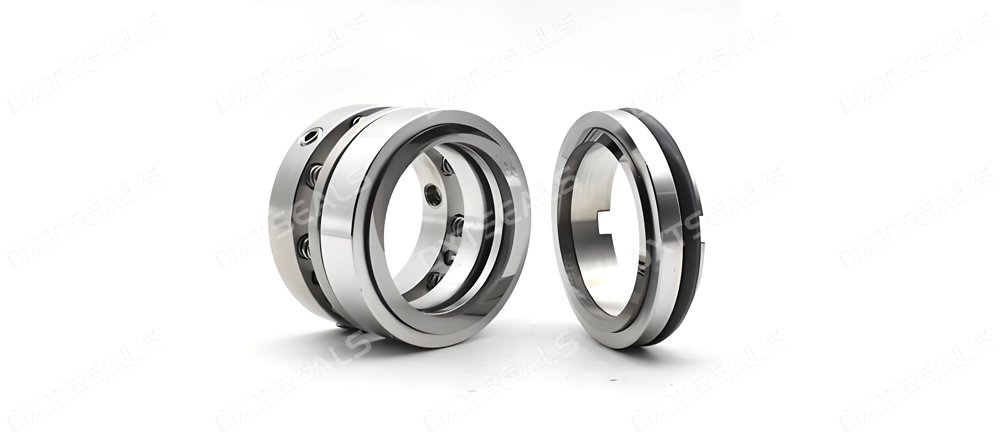
In mechanical systems, effective sealing is essential to maintain operational efficiency, protect components, and extend equipment life. Two of the most common types of seals used in rotating machinery are shaft seals and oil seals. While often used interchangeably, these seals have distinct roles and characteristics. This article explores their differences, individual functions, and how to leverage their synergistic potential for enhanced system performance.
🔍 What Is a Shaft Seal?
A shaft seal, also known as a rotary shaft seal or dynamic seal, is designed to retain fluids and exclude contaminants along a rotating shaft. It often includes a lip or multiple lips in contact with the shaft surface, and may feature springs to maintain sealing pressure.
Key Features:
-
Designed for rotary motion
-
Handles moderate to high-speed operations
-
Provides dust and fluid exclusion
-
Common materials: NBR, FKM, PTFE
🔍 What Is an Oil Seal?
An oil seal is a specific type of shaft seal, often used to seal lubricants like oil or grease inside rotating equipment, such as pumps, engines, and gearboxes. It prevents lubricant leakage and protects bearings from contamination.
Key Features:
-
Optimized specifically for oil retention
-
Often features a spring-loaded lip
-
Available in single or double lip configurations
-
Primarily used in automotive and industrial applications
🔄 Key Differences at a Glance
| Feature | Shaft Seal | Oil Seal |
|---|---|---|
| Primary Function | Seal rotating shafts (fluid + dust) | Retain oil or grease inside systems |
| Typical Application | Pumps, gearboxes, motors | Engines, gearboxes, axles |
| Sealing Type | Dynamic (sometimes static too) | Dynamic with oil-lip design |
| Fluid Compatibility | Broad (including gas, water, oil) | Mainly oil/lubricants |
| Complexity | May have multiple sealing elements | Usually a single or double lip |
🤝 When & How to Use Them Together
In some demanding applications—especially in harsh environments or high-speed machinery—shaft seals and oil seals can be combined to maximize performance.
✅ Best Practices for Synergistic Use:
-
Outer Oil Seal + Inner Shaft Seal: Use a standard oil seal on the outside to retain lubricant, and a specialized shaft seal inside to block external dust or chemicals.
-
Split Sealing Systems: In larger rotating equipment, two different seals may be installed in series to isolate different zones (e.g., oil zone vs. water zone).
-
Material Matching: Choose seals with compatible materials to ensure consistent thermal and chemical resistance.
-
Backup Lip Design: Use seals with multi-lip designs to add a secondary sealing barrier in case of primary lip wear.
🛠️ Application Examples
-
Wind Turbines: Oil seal retains gear oil, while shaft seal protects against moisture ingress.
-
Automotive Gearboxes: Oil seal contains lubricant, shaft seal resists dust from the road.
-
Pumps in Chemical Industry: Shaft seal resists aggressive media, oil seal retains lubrication.
✅ Conclusion
Understanding the differences between shaft seals and oil seals is crucial for selecting the right solution for your equipment. While they have distinct functions, their collaborative use can significantly improve sealing efficiency, reduce maintenance costs, and ensure reliable, long-term operation.
At DXTSEALS, we offer a full range of customized sealing solutions for industrial and automotive applications. Our technical team can help you choose and combine the right shaft seals and oil seals for your unique needs.
🔗 Explore more sealing solutions at www.dxtseals.com
📩 Contact us for technical consultation or custom product design.
